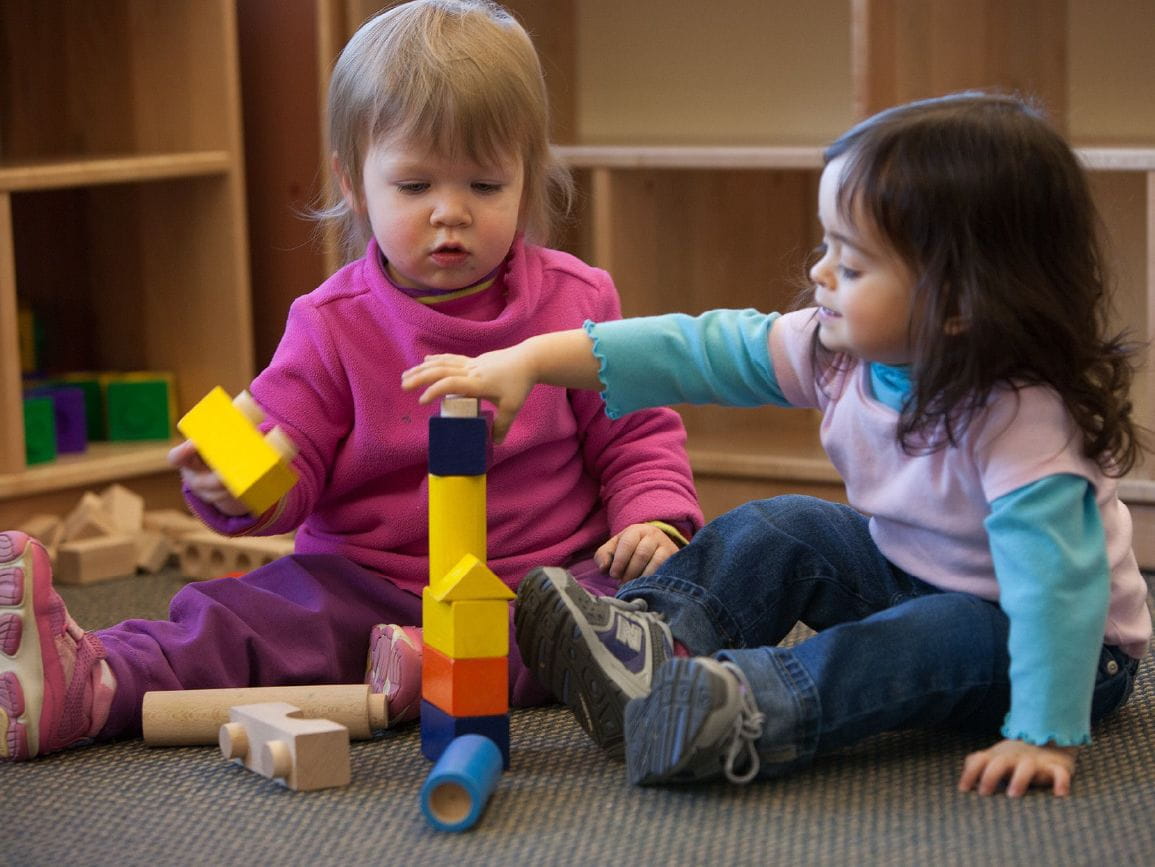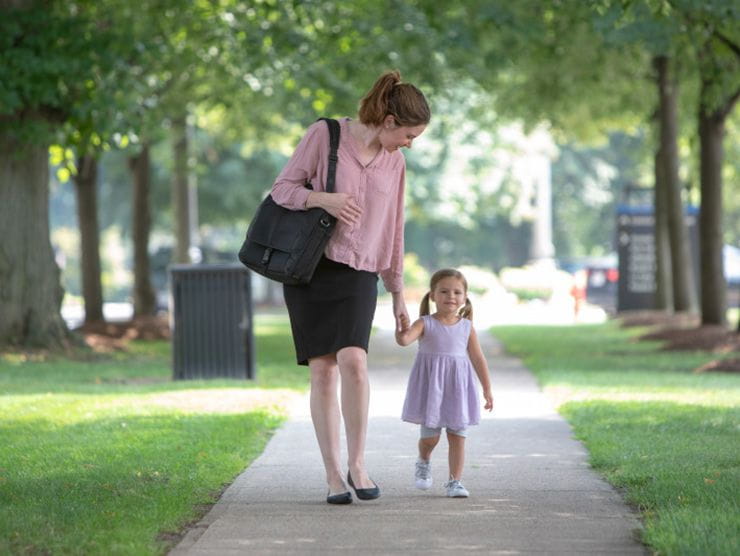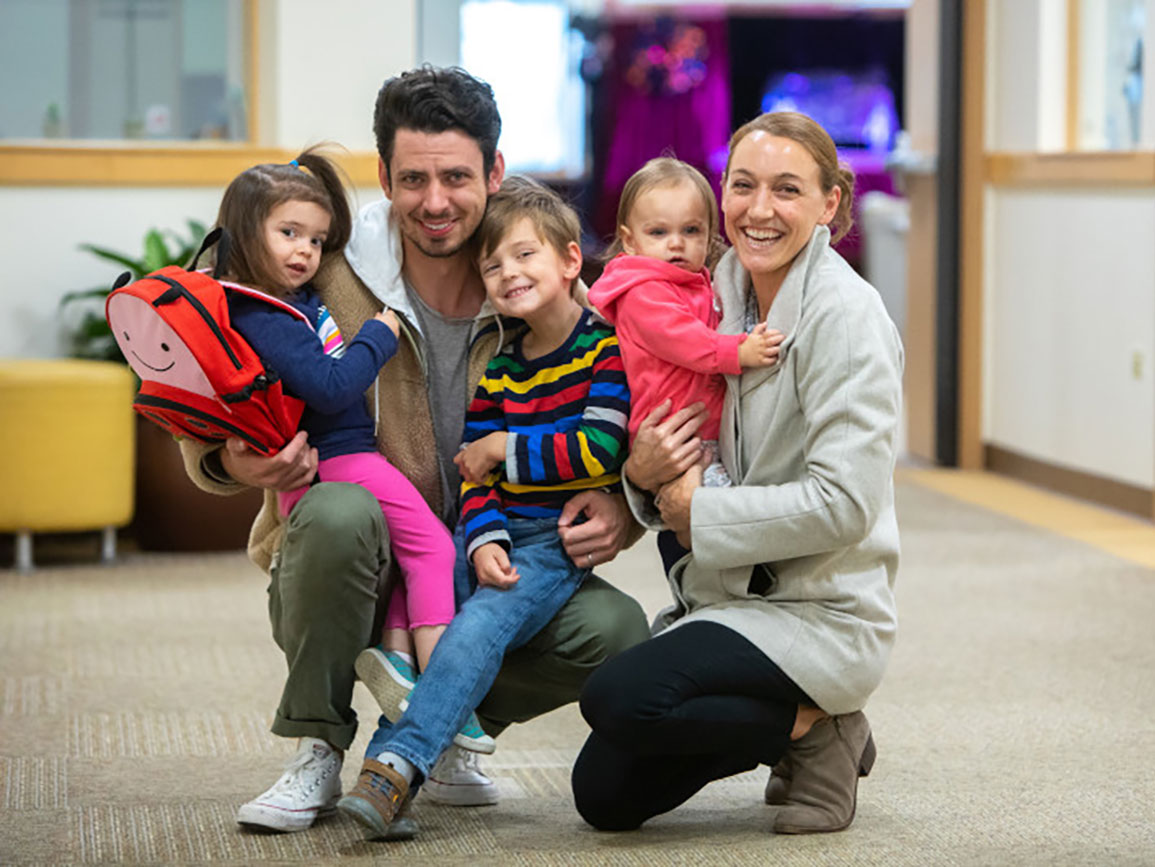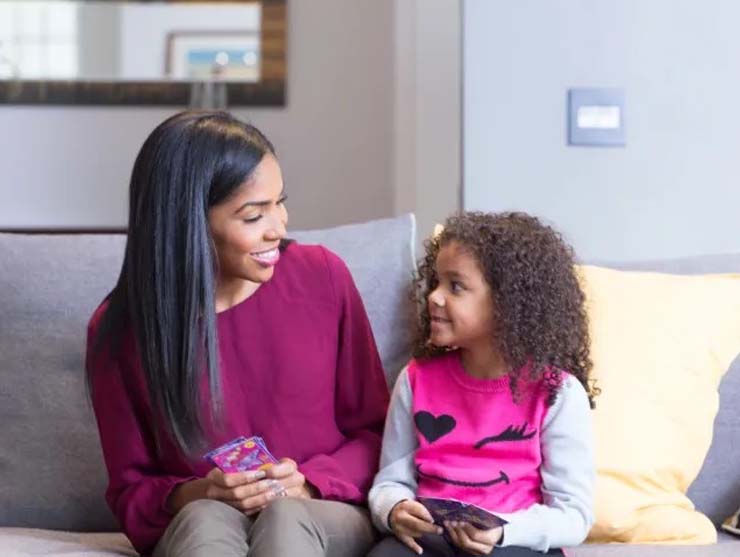Today’s children have almost numberless choices when it comes to toys. Many of these toys are slickly marketed as “educational,” but how educational are they, really? It can be difficult to separate the hype from reality, but here’s one quick test to determine if a children’s toy has value: who or what is working harder, the toy or the child? Toys that beep, buzz, light up or come with a predetermined, limited purpose generally fall into the first category. They may seem educational, especially if they spew academic facts, yet they generally don’t inspire any true learning or creativity because they’re doing all or most of the work. Children become passive consumers, rather than active creators.
Although technology has changed many aspects of modern life, children’s needs haven’t changed. Children need opportunities for authentic, creative, open-ended play experiences. High-quality, age-appropriate toys can support those needs. Here are a few suggestions on which types of educational toys best support child development.
Building Toys
Building toys such as wooden blocks, bricks, or magnetic tiles offer hours of play fun, and children can play with them independently or in a group. Depending on the material, they can be used indoors or out. Building toys encourage critical and divergent thinking as children plan, build, and expand their creations. These toys can spark long-term play that continues for more than one day. In addition to classic building toys, think about natural materials, such as blocks made from sanded tree branches, smooth rocks, or pinecones. Adding ramps, tunnels, or miniature cars, people, and animals extends the play – and the learning.Active Toys
Large motor toys give children natural opportunities to build coordination, large motor muscles, and fitness. As children throw balls or ride on toys with wheels, they learn about velocity, speed, and force. Learning to turn a corner on a tricycle or climb a structure builds confidence, allowing children to take risks within a safe environment. What kinds of large motor toys are best for preschoolers? There’s a wide variety of active, educational toys that offer age-appropriate challenges, but are made with safety in mind: for example, balls, scooters, climbing structures, or wheeled vehicles.Dramatic Play Props
Pretend play is one of the best ways to build language skills and creative thinking, but not all toys are created equal. Many toys are based on characters from movies, television shows, or video games. These toys have less creative play value because children tend to play with them in one way – using the scripts and dialogues they’ve seen in media. Open-ended dramatic play materials offer a much richer experience because children can use them in a variety of ways. These might include a veterinarian or doctor kit, real or play kitchen items, such as a pie making kit or tea set, or open-ended dress up costumes, props, and hats. Puppets, miniature animals, or puppets let children dramatize their own stories.Arts, Crafts, and Sewing
While preschoolers aren’t ready for elaborate craft projects, they enjoy simple, open-ended activities, such as painting, collage, play dough, gluing, or stringing beads. They can use yarn and blunt plastic needles to sew felt projects or take part in simple weaving or finger knitting projects.Board Games and Puzzles
Board games and puzzles offer more than just rainy day fun. Board games can build math, literacy, and critical thinking skills. They require focus, communication, and turn-taking, essential executive function skills for later school success. Look for board games that encourage collaboration over competition. Puzzles offer many of the same benefits and also build fine motor skills. Select sturdy wooden or cardboard puzzles featuring engaging artwork.The Best Toys Foster Development
Toys have been a part of every culture in recorded history; until recently, they were simple, open-ended, and generally made from materials families have on-hand. When it comes to selecting toys for children, we can take a cue from previous generations and focus on items that are most likely to foster healthy development.More on Fostering Child Development
- Social-emotional development affects every aspect of a child’s life, including personal relationships, academic growth, and self-esteem. Here are some tips for fostering emotional literacy in your child.
- With so many classic children’s books, it can be overwhelming to pick one when you’re ready for story time. We’ll give you a head start by sharing our favorite books for preschoolers.
- Every year we read over 100 children’s books to bring to you high-quality selections for every age group. Here are the best children’s books of 2016 for infants, toddlers, preschoolers, and school-age children.
- While we want encourage independent behavior in our children, sometimes it can require time and patience. Discover these activities that will help inspire independence in your preschooler in fun ways.





